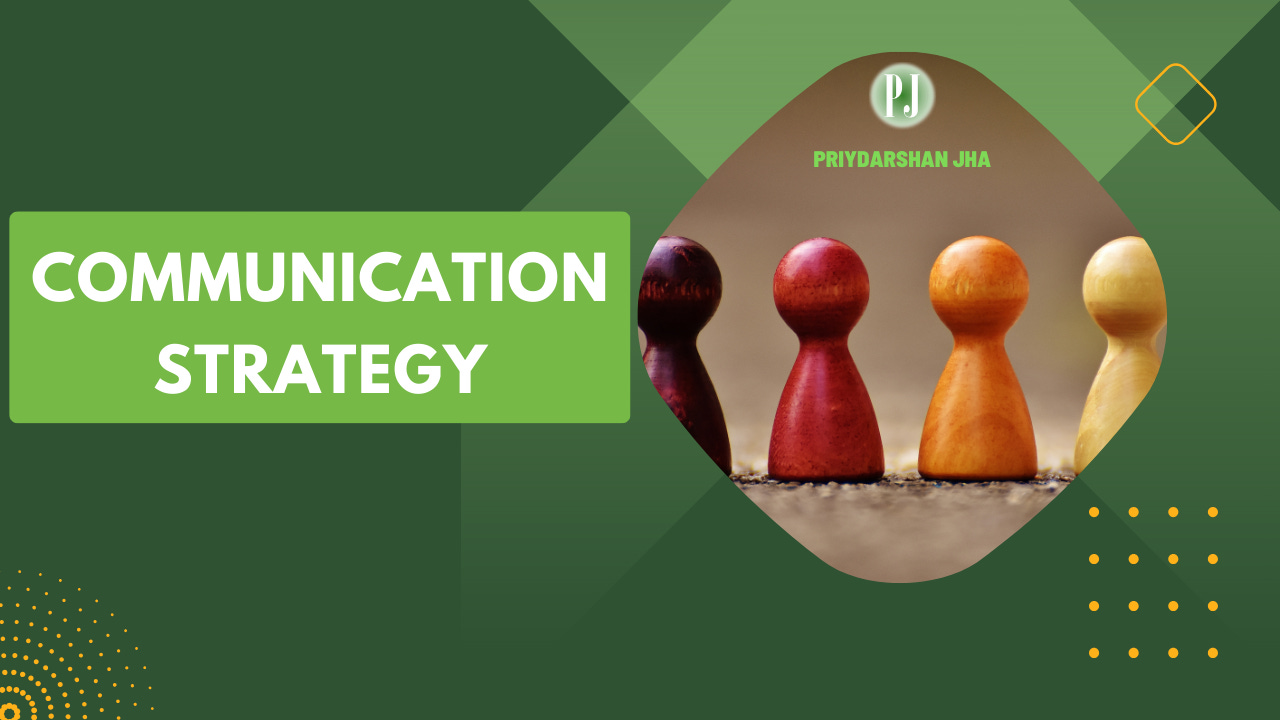Communication thinking hats for Product Managers
Are you a thoughtful communicator? Are you communicating as per your audience's needs? Do you have the essential communication thinking hats? A short guide on communication for new Product Managers.
Are you communicating well enough?
Right method
Right audience
Right objective
If the answer to any one of these is 'No'; then, sit tight to get your customized communication thinking hats, specially designed for new Product Managers.

The product manager role demands one to communicate a lot with a wide variety of audiences. Often it is so overwhelming that it's easy to get lost and lose the right communication mechanism. As commonly represented, Product Managers work on the intersection of business, UX, and engineering teams.
Below are some of the major stakeholders that Product Managers need to communicate with:
Product users and customers
Product sponsors and leadership
Product designers, UI/UX experts
Product research and analytics experts
Subject matter experts
Suppliers, vendors, and partners in the Product Value Stream
Product engineering team members and managers
Product marketing and sales teams
Product implementation and support personnel
Although all these personas have different interests and points of view there are common communication approaches to address a variety of communication situations.

Below, are some communication strategies (thinking hats) to help customize the approach as per method, audience, and objective:
Observation-oriented
Detail-oriented
Problem-oriented
Outcome-oriented
There could be more aspects of communication strategies beyond the four strategies mentioned above. However, these four are a great starting point to excel in your communication management as a new Product Manager.
Now, let’s deep-dive into each communication hat to get the context of when, how, why, whom, etc.
Observation-oriented
Why- The key objective of this hat is to get insights from all the conversations that may have a lot of noise and then uncover information hidden behind it. This hat also enforces empathy in your approach.
When-You wear this hat often while communicating with your users, marketing and sales teams & implementation and support personnel. This hat is also useful while getting inputs from other stakeholders as well. As a Product Manager, this is one of the most used communication hats, especially when getting in inbound information.
How- Under this hat, you are focusing on listening and not just hearing. You are looking to find the clues from the one who is speaking to explore more and identify the exact challenges, impacts, and root causes.
Detail-oriented
Why- The key objective of this hat is to provide more and more context to the conversation so that the person involved is able to understand all the related aspects in detail to be able to solve it. This hat helps you create MVPs that are more and more close to solving the real customer problem.
When- Product Managers wear this hat while collaborating with their engineering and design teams. This hat is useful when you are sharing the nitty-gritty of the user problems that the product is targeting to solve. As a Product Manager, this hat is often used while communicating with your internal product team.
How- While wearing this hat, you are always deep-diving into any matter at hand. Be as detail-oriented as you need to be as per the audience. You are trying to elaborate and explain so that a shared understanding can be formed to align further.

Problem-oriented
Why- The key objective of this hat is to help specialists do their job in the most unbiased manner while keeping user empathy and associated problem statements at the core of the product offering. This is the most common hat that you would wear together with other hats.
When- Product Managers wear this hat while communicating with product designers, UI/UX experts, engineering teams, marketing & sales teams, and also with implementation & support personnel. Due to this hat, your teams feel more empowered, valued, and integrated.
How- This hat gives you the capability to keep your focus on customer problems and not on the solution to let the specialists do their job. This keeps your empathy juices flowing and helps you provide the right information to your product team.
Outcome-oriented
Why- This hat makes you talk about business and impact in the context of the product vision and keeps you away from distracting details. This helps you stay relevant in the long run and keep steering the strategy to keep progressing toward the product vision.
When- Product Managers wear this hat while communicating with the sponsors and stakeholders in a leadership role. This hat keeps you away from micro-level unwanted details and keeps focused on what your audience needs to hear i.e. How is the business? How far are we from the set objectives? Are we going in the right direction at the right pace? etc.
How- This hat helps you think about the 'So what' of all the effort you are putting in. You are focused on the impact in terms of money, user engagement, conversion rate, etc. that you are going to create for your users and stakeholders.
Although, each communication hat has a specialty and may be useful for one or more types of audiences; However, Product Managers often need to wear multiple hats together and also shuffle these hats as per the changing audience context as per the need of the hour.





